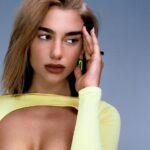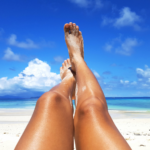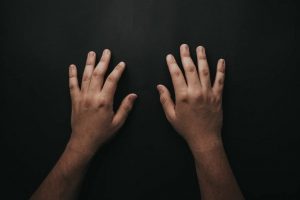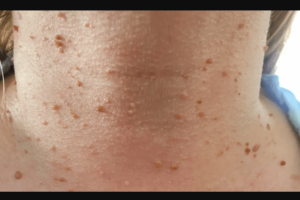Some skin types may exhibit pinprick red dots that are not itchy. What are these pinprick red dots, and why do some people have these dots on their skin?
Pinprick red dots on the skin that are not itchy enough to scratch are called petechiae. These dots are caused by leaking blood from capillaries under the skin. They could also appear as tiny purple, brown or red spots that are flat to the touch.
The petechiae dots occasionally appear in clusters, making them look like a rash. They could also appear in the inner surfaces of the eyelids or the mouth.
The presence of petechiae could be a symptom of an existing condition in your body. They could also be simply a result of physical exertion.
Read on to learn more about petechiae, the causes, remedies, treatment, and how to get rid of it.
Causes of Pinprick Red Dots on Skin (Not Itchy)
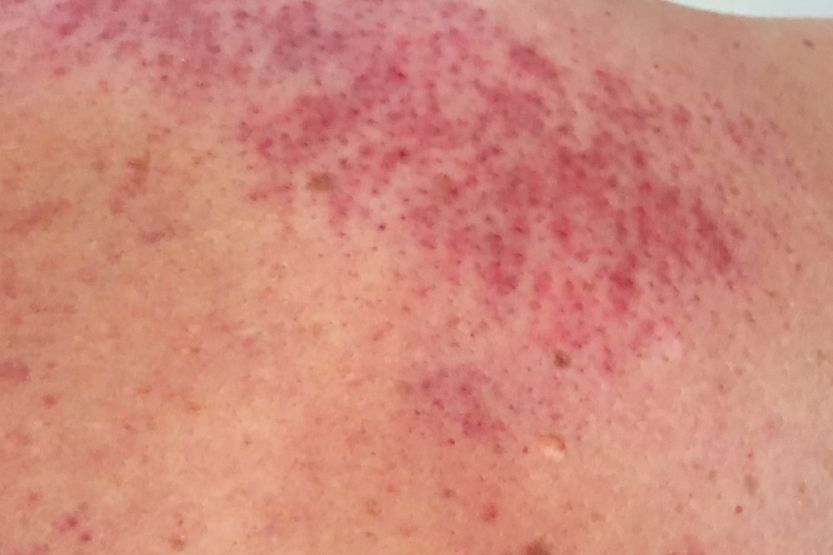
What are the pinprick red dots on your skin that are not itchy? These are called petechiae. These red dots are due to blood leaks from bleeding capillaries under your skin. They may also appear as tiny brown, red, or purple spots that are flat. [1]
The petechiae could occasionally appear in groups, making them seem like a rash. The bleeding capillaries can stem from minor or severe conditions in your body.
So, it would be best if you got treatment before it gets worse.
The following are causes of pinprick red dots or petechiae on your skin that do not itch: [2]
1. Blood Leaking from Capillaries
When blood leaks from the capillaries under your skin, pinprick red dots that are not itchy usually appear. This can occur due to medications or an existing illness in your body.
These capillaries are the smallest blood vessels that connect your veins to your arteries. They help eliminate toxic waste products from the body and supply the organs and tissues with oxygen and essential body nutrients.
2. Physical Exertion
Another possible cause of the pinprick red dots is physical exertion, such as exercising, giving birth, or even coughing hard or vomiting. When you exert undue pressure on your body, this can cause blood leaks from your capillaries, causing red dots.
3. Vitamin Deficiency
When you lack vitamin C or vitamin K, pinprick red dots could appear on your skin.
4. Infections
Infections caused by viruses, bacteria, and fungi can cause these pinprick red dots to appear.
Examples of viral infections are as follows:
- Flu
- Mononucleosis
- Cytomegalovirus (CMV)
- Endocarditis
- Viral hemorrhagic fevers (Ebola, dengue, yellow fever)
Examples of bacterial infections are as follows:
- Streptococcal infection of the throat
- Meningitis
- Sepsis
- Scarlet fever
- The Rocky Mountains spotted fever
Examples of fungal infections are as follows:
- Cutaneous candidiasis
- Tinea skin infections
5. Inflammation
Inflammation in the capillaries, like Henoch-Schonlein purpura, could cause petechiae or tiny red dots on your skin.
6. Blood and Immune Disorders
These disorders can also cause petechiae formation:
- Hemolytic-uremic syndrome (HUS) – affects blood and blood vessels [3]
- Leukemia – increased white blood cells indicating blood cancer
- Vasculitis – Inflammation of blood vessels
- Idiopathic thrombocytopenic purpura (ITP) – a disorder affecting blood clotting
- Thrombocytopenia – low platelet counts preventing proper blood clotting
7. Drug Side Effects
Some drugs may cause petechiae like:
- Antidepressants – desipramine and selective serotonin reuptake inhibitors (SSRIs) are the most commonly prescribed antidepressants. Doctors associate SSRIs have with ecchymosis and petechiae due to platelet aggregation. [4]
- Anti-malarial – quinine and qualaquin
- Antibiotics – penicillin
- Blood thinners – heparin and warfarin
- NSAIDs – indomethacin and naproxen
- Anti-seizure drugs – valproic acid and phenytoin
- Sedatives – chloral hydrate
- Cardiac – atropine
Treatment for Petechiae
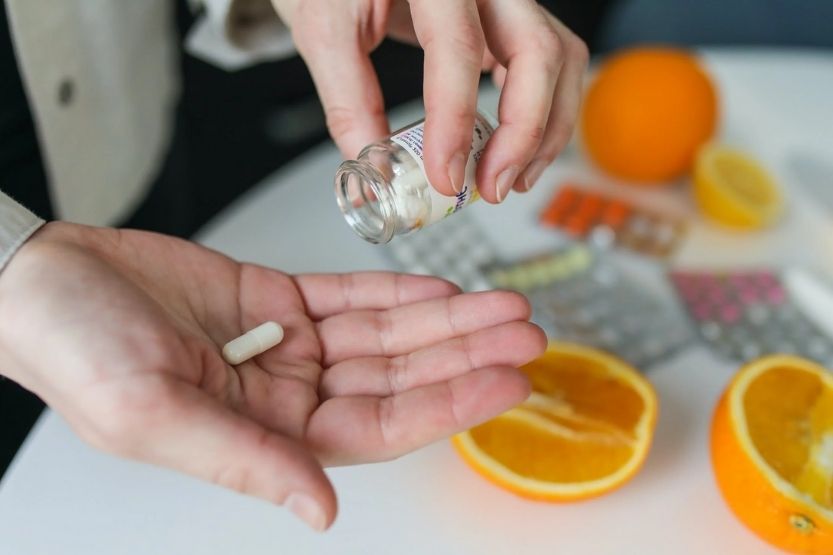
1. Blood Leaking from Capillaries
The treatment for this condition is to find its underlying cause and then treat it. Possible root causes of blood leaking from capillaries are kidney, liver, and heart conditions. [5]
The doctor may give medications, infuse fluids, or stabilize your airway during an episode.
2. Physical Exertion
Physical exertions can cause petechiae secondary to an existing condition. If you have been lifting heavy weights, it’s best to take a break. If you have been vomiting or coughing, seek treatment from your doctor.
As for giving birth, you cannot prevent it, so you would have to get medication after birthing.
You may have to take total bed rest to prevent unnecessary physical exertion. Hydrating yourself could also be an excellent measure to maintain your capillary’s integrity.
3. Vitamin Deficiency
You could take supplementary vitamins to replenish your deficiency. Eating vegetables and citrus fruits can help supply your body with vitamin C, K, and other vitamins.
Vegetables and fruits are rich in fiber and anti-toxins that could help maintain your good health.
4. Infections
Health specialists treat Infections caused by viruses, bacteria, and fungi with anti-viral, antibiotics, and anti-fungal medications.
A licensed health specialist must prescribe the drug before you take them.
5. Inflammation
Inflammation in the capillaries, like Henoch-Schonlein purpura, could cause petechiae or tiny red dots on your skin. There is no cure for Henoch-Schönlein purpura, but the symptoms usually disappear without treatment. The doctor may prescribe medications for joint pain, swelling, or abdominal pain. The pain reliever drugs may include acetaminophen and ibuprofen.
6. Blood and Immune Disorders
The blood specialist must treat your blood disorder first before you can get rid of your petechiae. If there is no cure for your ailment, the specialist will treat the symptoms to alleviate your pain or inflammation.
Examples of these immune system drugs are cyclophosphamide, azathioprine, methotrexate. The health specialist may also use chemotherapy and radiation for cancerous conditions.
7. Drug Side Effects
You have to avoid drugs/medications that cause petechiae. Observe your reactions to any medication and take note of those drugs that cause the red dots on your skin. You may want to write the medications down for your future reference.
Home Remedies for Pinprick Red Dots That Are Not Itchy
The best home remedy to the pinprick red dots is to get proper rest. Hydrate yourself well, and eat more fruits and vegetables.
The red pinprick dots will disappear when you have treated the causative agent in bacterial or viral infections. The petechiae would also disappear when you discontinue the medications that you are susceptible to.
You have to visit the hospital if the pinprick red dots continue to spread in your entire body. The symptoms vary from minor to severe, so it would be best to call your family doctor or consult a specialist.
When to Consult a Doctor
You should consult your doctor if the tiny pinprick red dots don’t go away after a few days. Some causes are serious that the doctor has to treat immediately. Delaying consultation may result in heart problems, infections, and damage to your internal organs (lungs, kidneys, spleen, liver, and other organs.)
When these symptoms appear, you should go to the nearest health facility within your area:
- Dyspnea (difficulty in breathing)
- Change in consciousness
- High fever
- Confusion
You could consult a hematologist, an oncologist, or a dermatologist depending on your other symptoms.
How to Prevent Petechiae Episodes
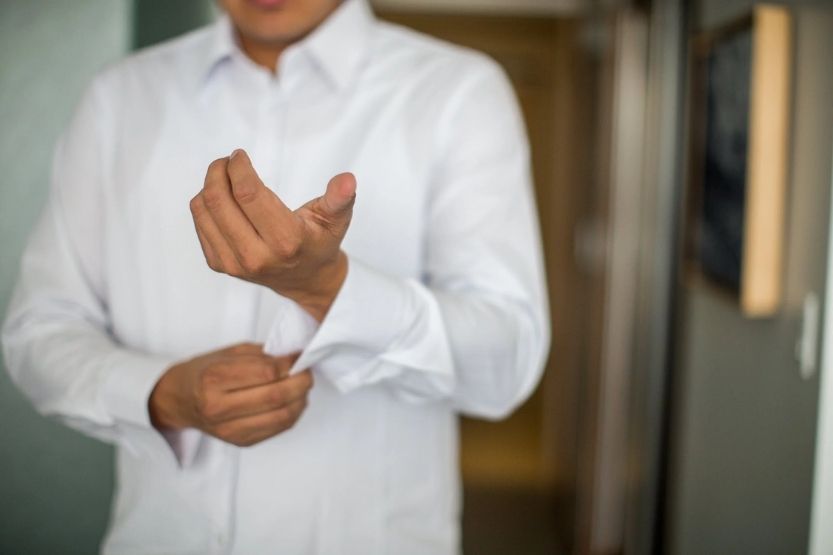
You can prevent petechiae in some cases, but you cannot control some causes, such as birthing and immune blood disorders.
1. Avoid Drugs Causing Petechiae
You should not take medications that have previously caused pinprick red dots on your skin. Consult your doctor for other safer drug alternatives.
If your symptoms worsen, go to the nearest hospital, as anaphylactic reactions can be fatal. It can cause a coma and then death.
2. Wear Protective Gear When Necessary
You should wear long-sleeved shirts, long pants, and socks when going to areas infested with bugs. Also, wear appropriate clothing when you go under the sun or expose yourself to extreme cold.
When dealing with infectious material, wear gloves, masks, gowns, and goggles.
3. Maintain Personal Hygiene
Always wash your hands with soap and water when exposed to unsanitary surroundings. Have hand sanitizer ready whenever necessary. Not all places provide soap and water.
Even with non-exposure, you must always wash your hands before and after eating. Hand washing is one of the best measures to prevent infection.
4. Avoid Possible Infection Sources
Stay away from people with an infection. Do not share your paraphernalia like spoons, plates, glasses, and clothing with other people.
Contaminated ear piercings and tattoos can be sources of infections. Also, contaminated food and water are the most common sources of infections.
5. Keep Your Surroundings Clean and Sanitized
Always clean your surroundings and apply sanitizer on constantly exposed surfaces, such as tabletops and counters. Sodium hypochlorite or Clorox could do. Remember to wash your hands after cleaning.
Please get rid of animal dander as well, as you could be allergic to it. Throw out your trash and clean your room daily.
6. Get Your Immunizations
You may need to get vaccinated for certain infections, like meningitis and other bacterial or viral infections. Vaccinations can prevent you from contracting diseases caused by these causative agents.
So again, what are the pinprick red dots on the skin that are not itchy? These red pinprick dots are called petechiae and are due to capillary leaks under your skin. They could appear as tiny purple, brown or red spots too. Sometimes, they look like a rash, as they could occur in clusters.
Similarities and Differences between Petechiae and Purpura
Petechiae are flat and smaller (around one to three millimeters), while purpura is more prominent and raised lesions. Intradermal capillary bleeding causes petechiae, while bleeding within the skin causes purpura.
As for their similarities, they both do not blanch, and they can occur in any part of your body. [5]
Physicians can differentiate petechiae and purpura through the physical evaluation of your skin, your complete medical history, and based on your laboratory test results.
A Complete Blood Count (CBC), prothrombin time (PT), differential white blood cell count (DIF), partial thromboplastin time (PTT), and platelet count (PLT ct) are the most common requested laboratory tests.
The CBC will determine if your white blood cell count, red blood cell count, hemoglobin values are normal. The PT, PTT, and PLT ct will establish any bleeding disorders or abnormalities in your blood’s clotting system.
The DIF will show the distribution of the white blood cells in your blood. This count could help in the correct diagnosis of your condition.
Further laboratory tests could focus on tests dealing with autoimmune, malignancy, and infections. They may also evaluate your organs’ functions: liver, lungs, heart, kidneys, and skin.
Frequently Asked Questions
Can You Get Petechiae from Stress?
Stress may manifest in certain skin conditions, but you should not treat petechiae indifferently. Those pinpoint red dots could indicate a severe infection.
Making sure that no severe conditions are causing the petechiae will ensure your safety and good health.
When the doctor’s diagnosis ensures your clean bill of health, you can rest assured the cause is only physiological and not pathological.
Can You Get Petechiae without Any Reason?
First, note that having petechiae is not a disease but a symptom. There is always a reason why you have petechiae. The reasons may be as simple as physical straining or as severe as cancer.
You must find out the leading cause of your petechiae and deal with it accordingly. Finding the root cause will ensure that you have the chance to get rid of them.
Conclusion – Pinprick Red Dots on Skin Not Itchy
You have petechiae when you have pinprick red dots on skin not itchy enough to scratch. Sometimes they appear as tiny red, purple, or brown spots.
The red pinprick dots occasionally appear in clusters, making them look like a rash. The common cause of petechiae is capillary bleeding under the skin. If you notice petechiae on your skin, you have to consult your doctor immediately. The causes vary from mild to severe.
So, you have to ensure that the reason for your red dots is not pathological. The only way to do this is to have a complete medical checkup.
Related reading:
Vitiligo: Michael Jackson’s Skin Condition
Why Is Donald Trump’s Skin So Orange? 4 Possible Reasons

![Bruise Itches [Causes and Treatments for an Itchy Bruise] bruise itches](https://skincaregeeks.com/wp-content/uploads/2021/04/bruise-itches-150x150.jpg)
![Bleeding Pore on Nose [11 Possible Causes and Treatments] bleeding pore on nose](https://skincaregeeks.com/wp-content/uploads/2021/04/bleeding-pore-on-nose-150x150.jpg)
![Neutral Skin Tone Defined [and Best Colors for Neutral Skin] neutral skin tone](https://skincaregeeks.com/wp-content/uploads/2021/05/neutral-skin-tone-150x150.png)
